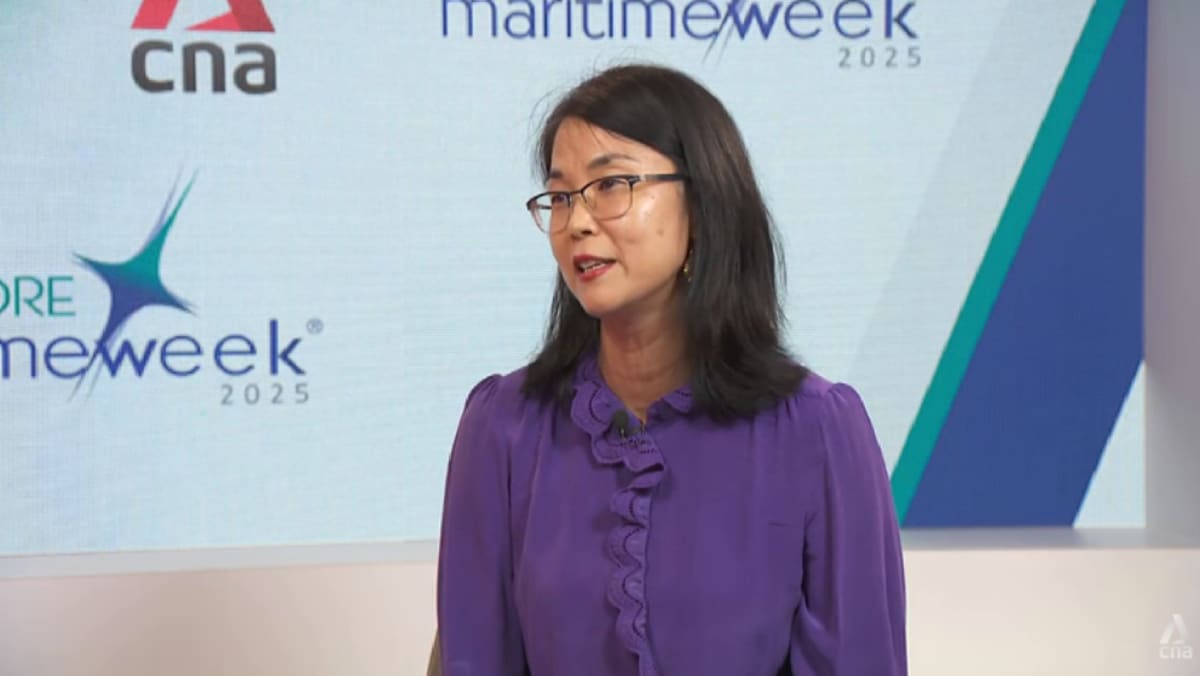Southeast Asia's Sustainable Energy Transition and Decarbonisation Efforts
Key Ideas
- Southeast Asia is projected to account for 25% of the rise in global energy demand over the next decade, driven by population growth and economic expansion.
- Eight out of 10 ASEAN member states have set net-zero targets, showing clear ambition to transition to a lower emissions economy.
- The IEA Regional Cooperation Centre in Singapore collaborates with Southeast Asian countries to enhance energy security and accelerate clean energy transitions.
- Ammonia and hydrogen are viewed as key alternative fuels for the maritime industry, with a call for governments to support the demand for low emissions fuels.
Sue-Ern Tan, head of the IEA's Regional Cooperation Centre, highlighted Southeast Asia's significant role in global energy trends due to a projected 25% rise in energy demand over the next decade. The region, being the world's fourth-largest energy consumer, is taking steps towards sustainable energy transitions with eight ASEAN member states setting net-zero targets. Ms. Tan emphasized the importance of collaboration among governments to ensure energy security and affordability. The IEA's establishment of a regional office in Singapore aims to support clean energy transitions in Southeast Asia. Ms. Tan also discussed the maritime industry's efforts to decarbonize, where ammonia and hydrogen are seen as crucial alternative fuels. She urged governments to incentivize the adoption of low emissions fuels and invest in necessary infrastructure for these technologies.
